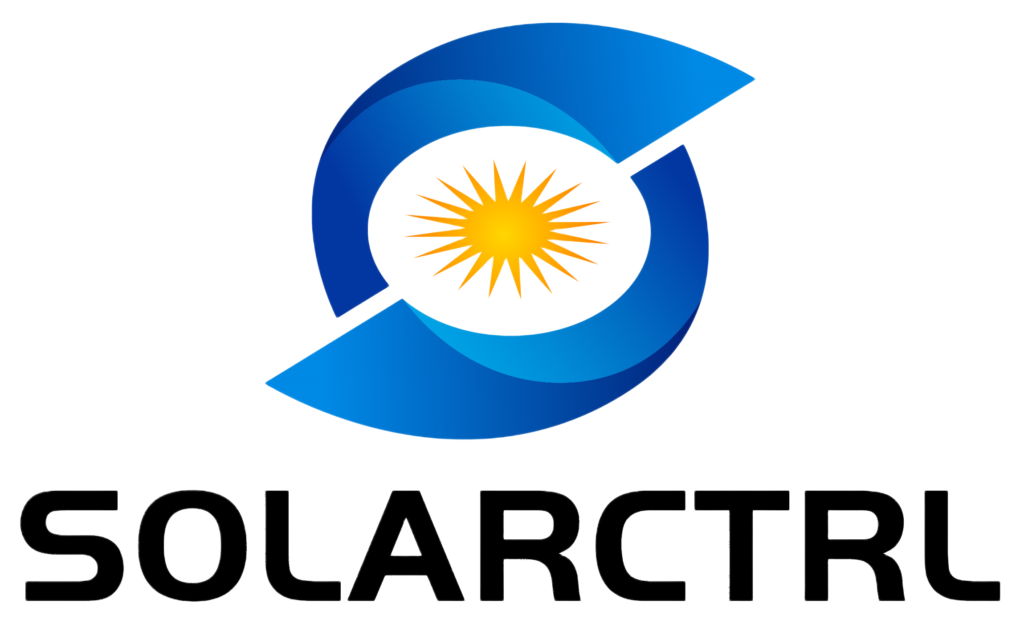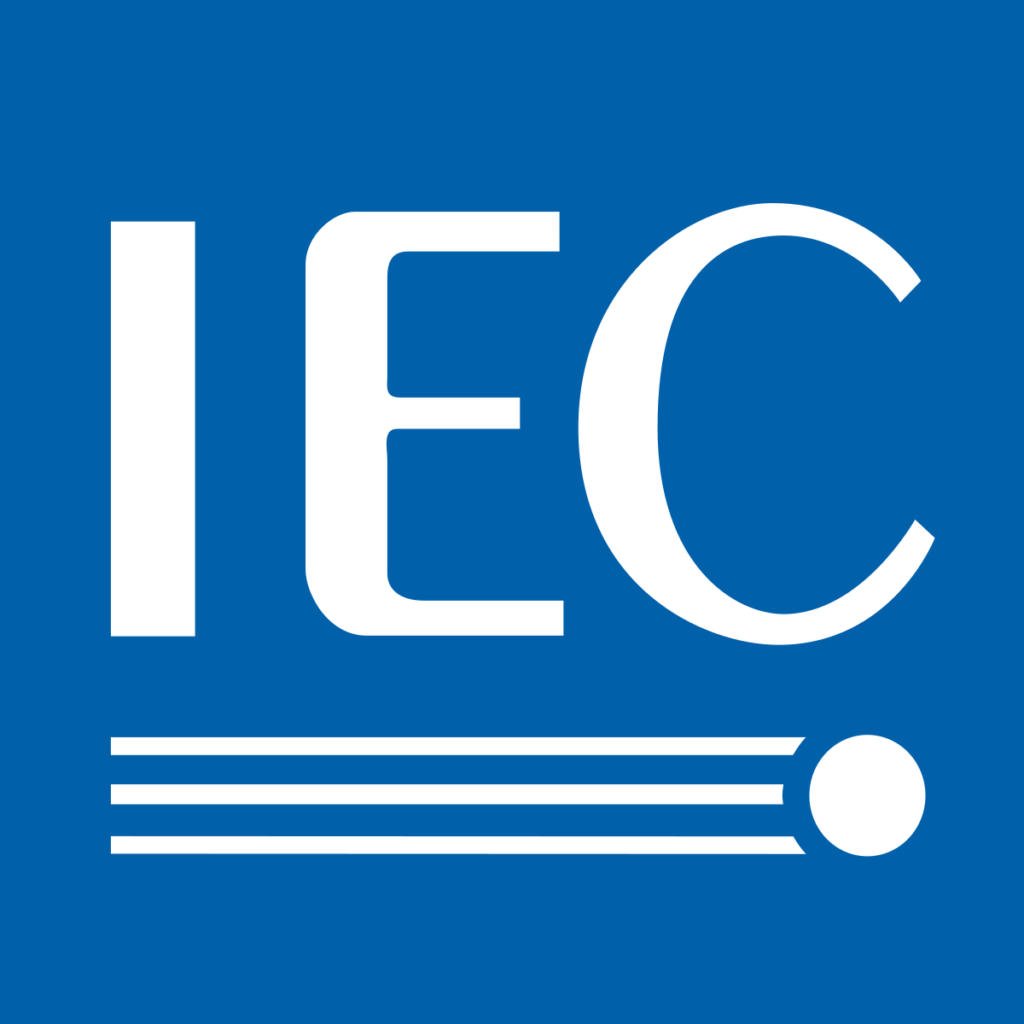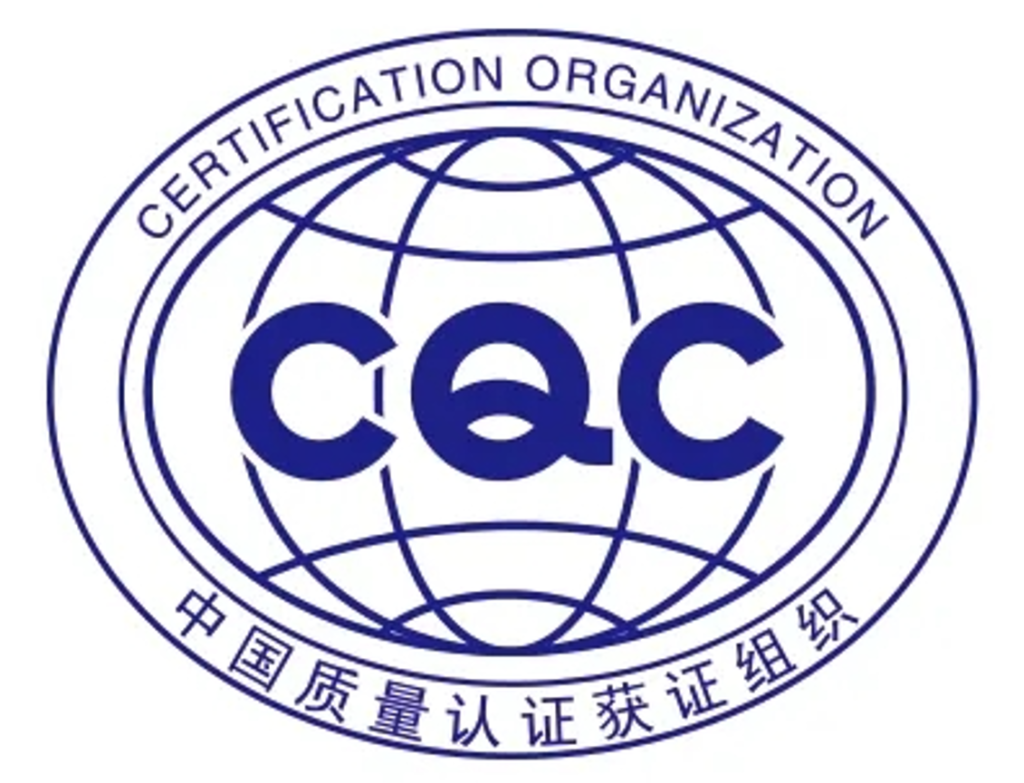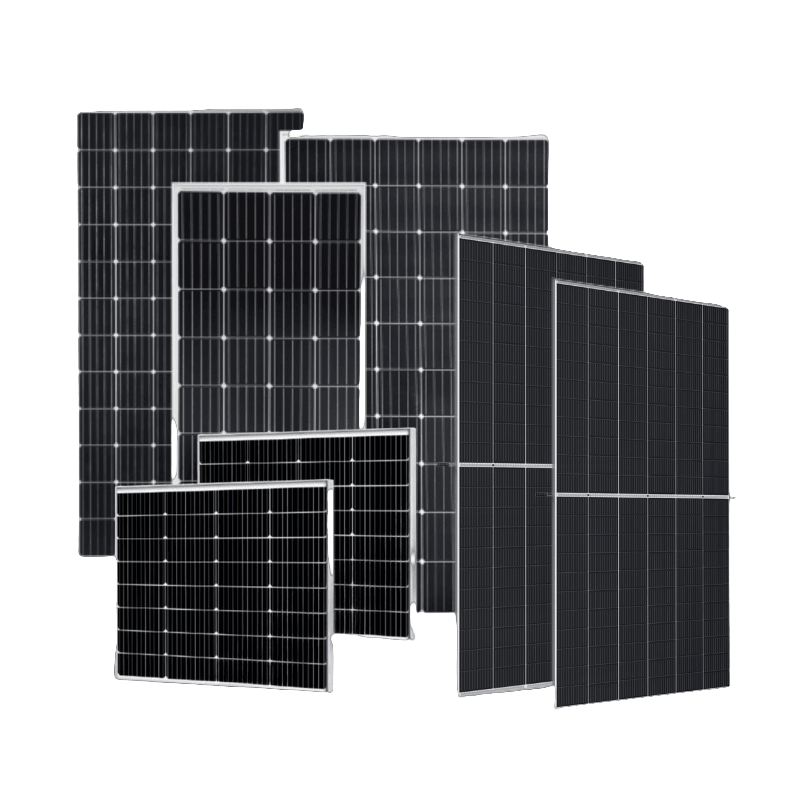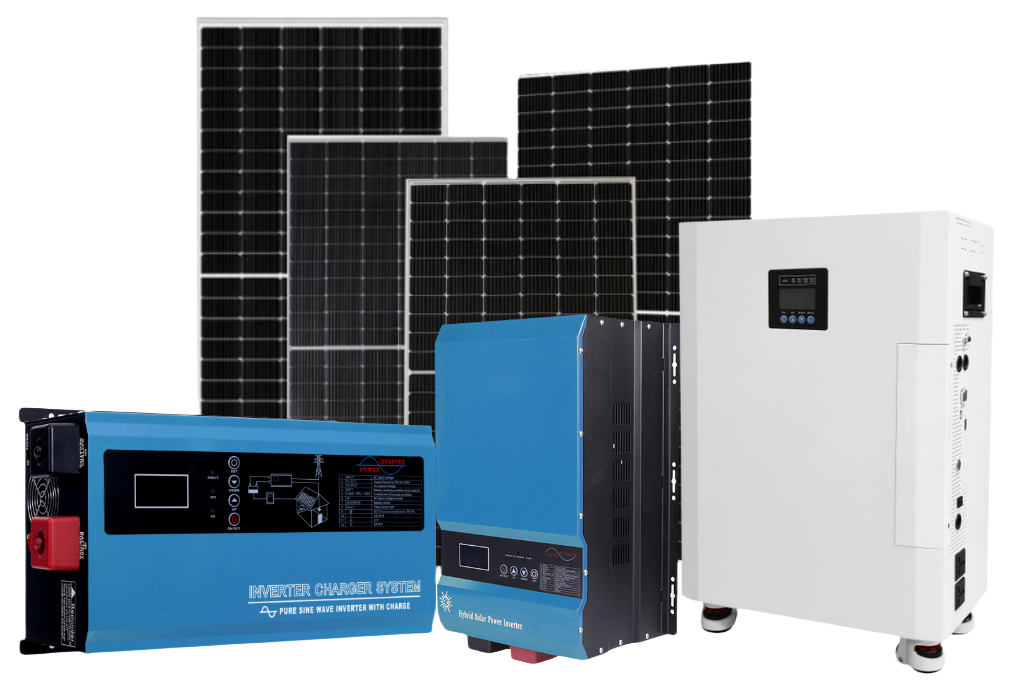The International Energy Agency (IEA) projects that solar PV installed power capacity will surpass coal by 2027. In 2022, solar PV generation increased by 26%, reaching 1300 Terawatt-hour (TWh) and outpacing wind energy growth for the first time in history.
The future of the solar sector is incredibly promising due to advancements in technology, declining costs, and increased global commitment to renewable energy. The sector is expected to expand significantly, driven by innovations in solar panel efficiency, energy storage, and supportive government policies. The integration of solar energy into smart grids and the development of solar-powered electric vehicles are among the exciting advancements that will drive the sector forward.
Let’s explore in detail how these factors contribute to the bright future of the solar sector and the opportunities that lie ahead.
Technological Advancements
1. Improved Solar Panel Efficiency
One of the most promising aspects of the solar sector’s future is the continuous improvement in solar panel efficiency. Current research focuses on enhancing the efficiency of photovoltaic (PV) cells, which convert sunlight directly into electricity.
Innovations in materials, such as perovskite and multi-junction solar cells, are pushing efficiency rates beyond the current silicon-based cells. These advancements could lead to more power being generated from smaller surface areas, making solar installations more viable in diverse locations.
2. Energy Storage Solutions
The intermittent nature of solar energy—its dependency on sunlight—has been a major challenge. However, advancements in energy storage technologies are addressing this issue.
Lithium-ion batteries have seen significant improvements in capacity, lifespan, and cost. Furthermore, emerging technologies like solid-state batteries and flow batteries hold the promise of even greater storage capabilities.
Enhanced energy storage solutions will enable solar power systems to store excess energy generated during sunny periods for use during cloudy days or nighttime, ensuring a more reliable energy supply.
3. Integration with Smart Grids
The integration of solar energy with smart grid technologies is another critical development. Smart grids utilize digital communication technology to detect and react to local changes in usage. This allows for better management of electricity distribution and consumption.
Solar power systems integrated with smart grids can optimize energy use, reduce wastage, and improve the overall efficiency of the energy grid.
4. BIPV (Building-Integrated Photovoltaics)
BIPV technology integrates solar panels into the architecture of buildings, such as rooftops, facades, and windows. This not only provides a sustainable energy source but also enhances the aesthetic appeal and functionality of buildings.
As urbanization continues to rise, BIPV offers a significant opportunity for solar energy adoption in cities, reducing the carbon footprint of urban environments.
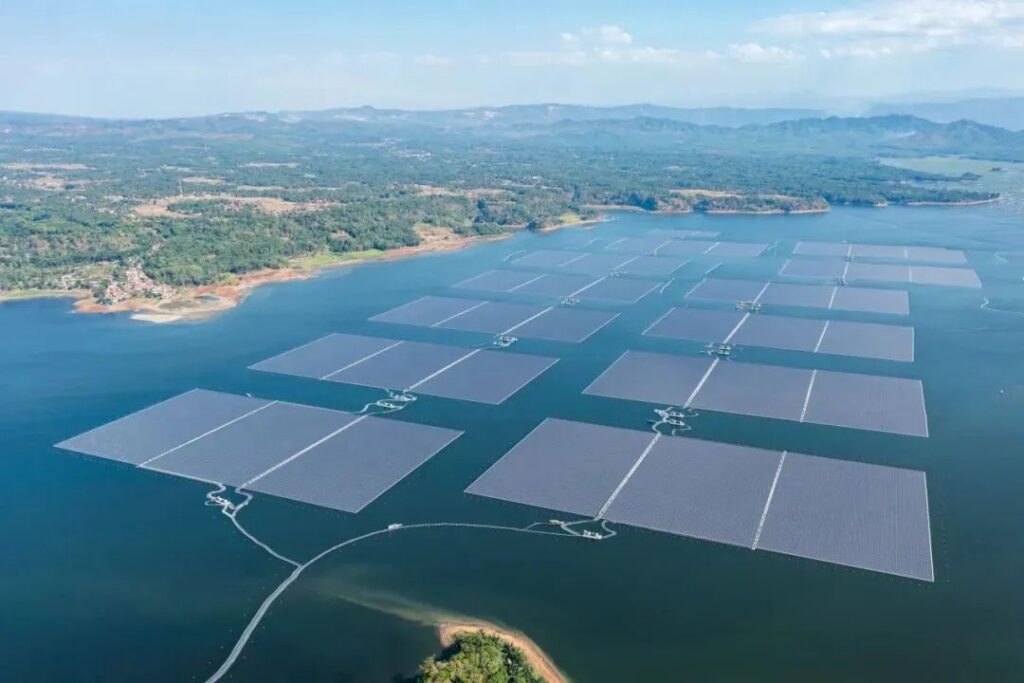
Market Trends
1. Reduction in Manufacturing Costs
The cost of solar panels has been decreasing steadily, making solar energy more accessible to a wider audience. According to the International Renewable Energy Agency (IRENA), the cost of solar PV modules has dropped by over 80% in the last decade.
This trend is expected to continue, driven by economies of scale, technological advancements, and increased competition among manufacturers.
2. Increased Investment
Investment in solar energy projects is on the rise. Both private and public sectors recognize the potential of solar power to meet energy demands sustainably.
Government incentives, subsidies, and international agreements, such as the Paris Agreement, are encouraging investments in solar infrastructure. Additionally, the rise of green bonds and sustainable finance options provides new avenues for funding solar projects.
3. Growth in Distributed Generation
Distributed generation refers to the decentralized production of electricity close to the point of use, rather than at a large, central plant. Solar power is well-suited to this model, as panels can be installed on rooftops, in community solar gardens, or on small-scale solar farms.
This trend towards distributed generation reduces transmission losses, enhances energy security, and allows for more resilient energy systems.
4. Emerging Markets
While developed countries have led the adoption of solar energy, emerging markets are quickly catching up. Regions such as Africa, Southeast Asia, and Latin America have vast solar potential due to their geographic locations.
Investment in solar infrastructure in these regions is expected to grow, driven by the need for reliable and affordable energy sources and the availability of ample sunlight.
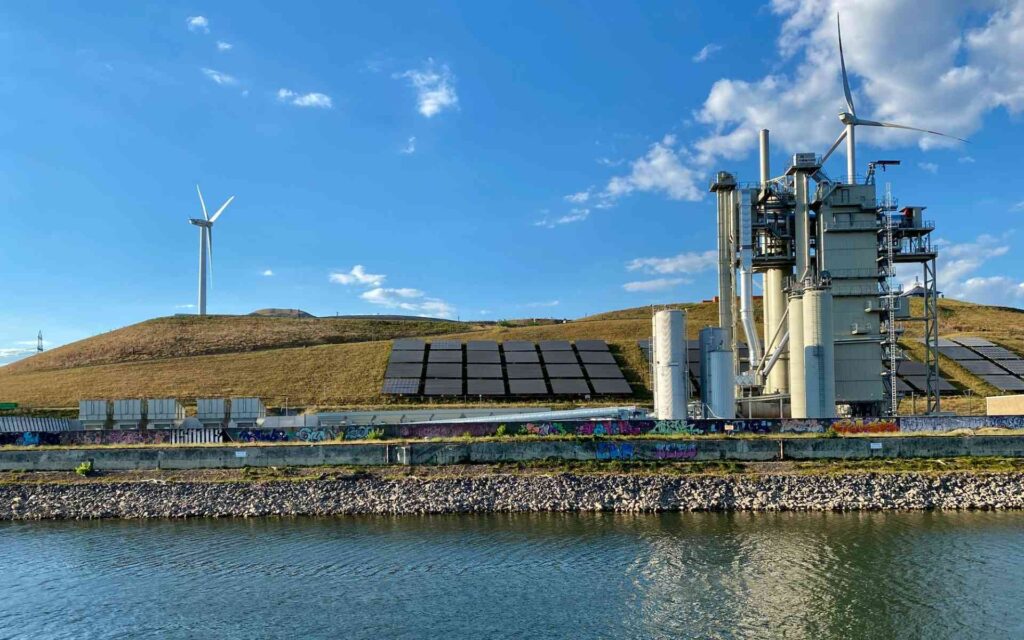
Policy Influences
1. Government Incentives
Government policies play a crucial role in the adoption and expansion of solar energy. Incentives such as tax credits, rebates, and feed-in tariffs make solar installations more financially attractive.
Policies that mandate a certain percentage of energy to come from renewable sources, known as renewable portfolio standards (RPS), also drive the adoption of solar power.
2. International Agreements
International agreements and commitments to reduce carbon emissions, such as the Paris Agreement, are significant drivers for the solar sector.
Countries committed to these agreements are increasingly investing in renewable energy sources, including solar power, to meet their emission reduction targets.
3. Regulatory Support for Innovation
Supportive regulatory environments that encourage innovation in renewable energy technologies can accelerate the growth of the solar sector.
Policies that promote research and development, provide funding for pilot projects, and reduce bureaucratic hurdles for new technologies are essential for the continued advancement of solar energy solutions.
4. Environmental and Social Governance (ESG) Criteria
The growing emphasis on Environmental, Social, and Governance (ESG) criteria in corporate strategies is influencing investment decisions.
Companies are increasingly adopting sustainable practices, including the use of renewable energy, to meet ESG goals. This shift is driving demand for solar energy installations and influencing market dynamics.
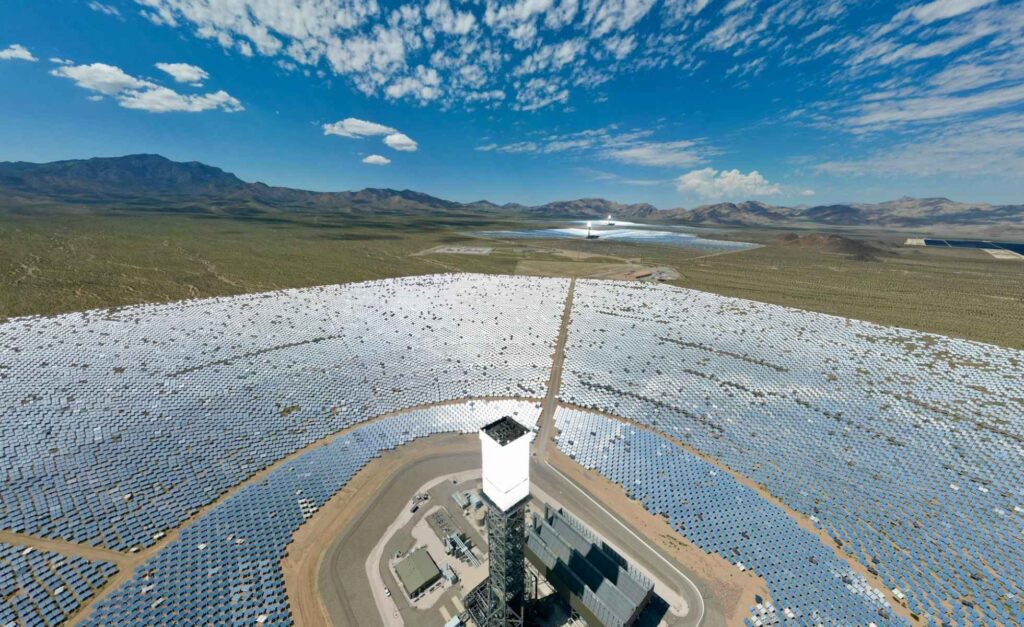
Opportunities in the Solar Sector
1. Solar-Powered Electric Vehicles (EVs)
The synergy between solar energy and electric vehicles (EVs) represents a promising frontier.
Solar-powered EV charging stations and vehicles equipped with solar panels can significantly reduce reliance on conventional energy sources. Innovations in this area can lead to a future where transportation is powered predominantly by clean, renewable energy.
2. Solar for Rural Electrification
Solar energy presents a unique opportunity to provide electricity to remote and rural areas that are not connected to the grid.
Off-grid solar solutions can bring power to millions of people, improving their quality of life and supporting economic development. This is particularly relevant in developing countries where traditional infrastructure is lacking.
3. Commercial and Industrial Applications
Large-scale solar installations for commercial and industrial applications are becoming more prevalent.
Businesses are increasingly turning to solar energy to reduce operating costs and enhance sustainability. Industrial solar farms and rooftop installations on commercial buildings are key growth areas in the sector.
4. Innovation in Solar Products
The development of innovative solar products such as solar windows, flexible solar panels, and solar tiles offers new applications and possibilities for integrating solar energy into everyday life.
These products not only generate electricity but also blend seamlessly into the built environment, enhancing their appeal and practicality.
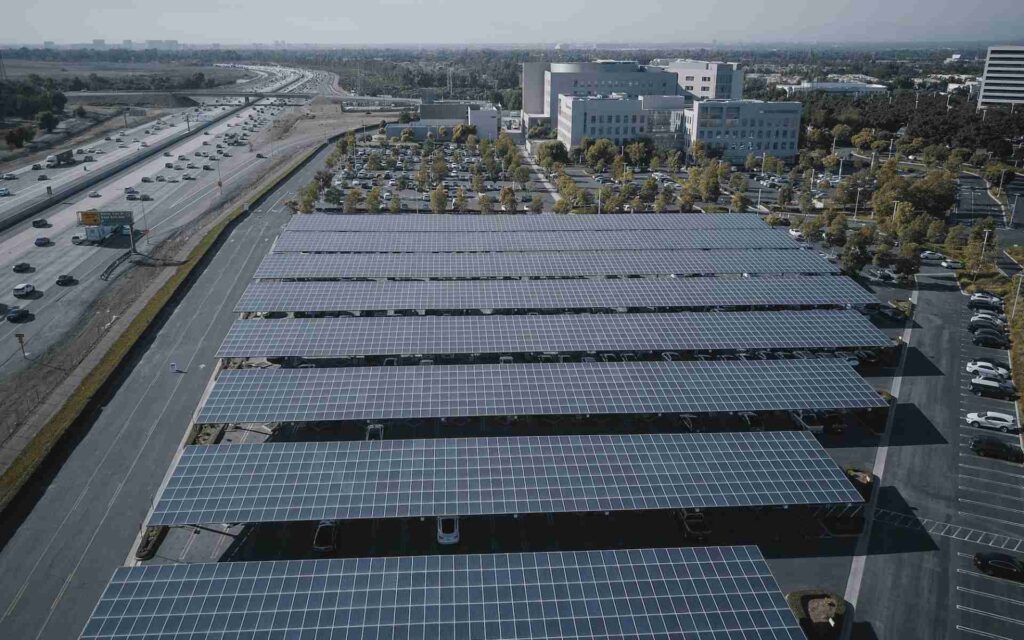
Challenges and Solutions
1. Intermittency and Reliability
The intermittency of solar energy remains a challenge.
However, advancements in energy storage technologies and smart grid integration are mitigating this issue. By storing excess energy and managing energy distribution more effectively, the reliability of solar power systems can be enhanced.
2. Initial Investment Costs
While the cost of solar panels has decreased, the initial investment for solar installations can still be high.
Financial solutions such as leasing, power purchase agreements (PPAs), and green loans are making solar more accessible. Additionally, government incentives and subsidies can offset some of the upfront costs.
3. Land Use and Environmental Concerns
Large-scale solar farms require significant land areas, which can lead to land use conflicts and environmental concerns.
Innovations in BIPV, floating solar farms, and agrivoltaics—combining solar power with agriculture—are addressing these challenges by making more efficient use of available space.
4. Grid Integration
Integrating large amounts of solar power into existing energy grids can be complex.
Upgrading grid infrastructure and developing smart grid technologies are essential for accommodating the variable nature of solar energy. Policymakers and energy companies must collaborate to create flexible and resilient grid systems.

Conclusion
The future of the solar sector is incredibly promising, driven by technological advancements, decreasing costs, and supportive policies. Innovations in solar panel efficiency, energy storage, and smart grid integration are transforming the industry. Government incentives and international agreements further propel solar adoption, while emerging markets offer new growth opportunities.
At SolarCtrl, we are at the forefront of this transformation, providing cutting-edge solar inverters, power systems, and panels. Our commitment to quality and sustainability makes us a trusted partner in the industry.
Join us in driving the solar revolution forward. Contact SolarCtrl today to explore how we can help you achieve your renewable energy goals.
FAQs
Q1: What is the future scope of solar PV systems?
By 2050, solar PV is expected to represent the second-largest power generation source, just behind wind power. It will play a crucial role in transforming the global electricity sector, generating 25% of total electricity needs globally. This significant contribution underscores the critical importance of solar PV in the future energy mix.
Q2: What is the future of solar panels efficiency?
Innovations in solar panel technology are continuously improving efficiency rates, with new materials and designs enabling better performance and lower costs. Breakthroughs in photovoltaic materials, such as perovskites, are expected to push the boundaries of solar efficiency further, making solar energy more accessible and effective.
Q3: How will advancements in solar technology impact the future of the solar sector?
Advancements in solar technology, such as increased panel efficiency, improved storage solutions, and the development of new materials like perovskites, will significantly enhance the performance and cost-effectiveness of solar energy systems. These innovations are expected to drive widespread adoption and integration of solar power into the global energy mix.
Q4: What role will government policies play in the future growth of the solar sector?
Government policies, including subsidies, tax incentives, and renewable energy mandates, will play a crucial role in accelerating the adoption of solar energy. Supportive policies can reduce financial barriers, encourage investment, and promote research and development, thereby fostering growth in the solar sector.
Q5: How can individuals and businesses benefit from the future growth of the solar sector?
Individuals and businesses can benefit from the future growth of the solar sector by investing in solar energy systems to reduce energy costs, decrease carbon footprints, and increase energy independence. Additionally, as the solar market expands, there will be opportunities for job creation and economic growth within the industry.











